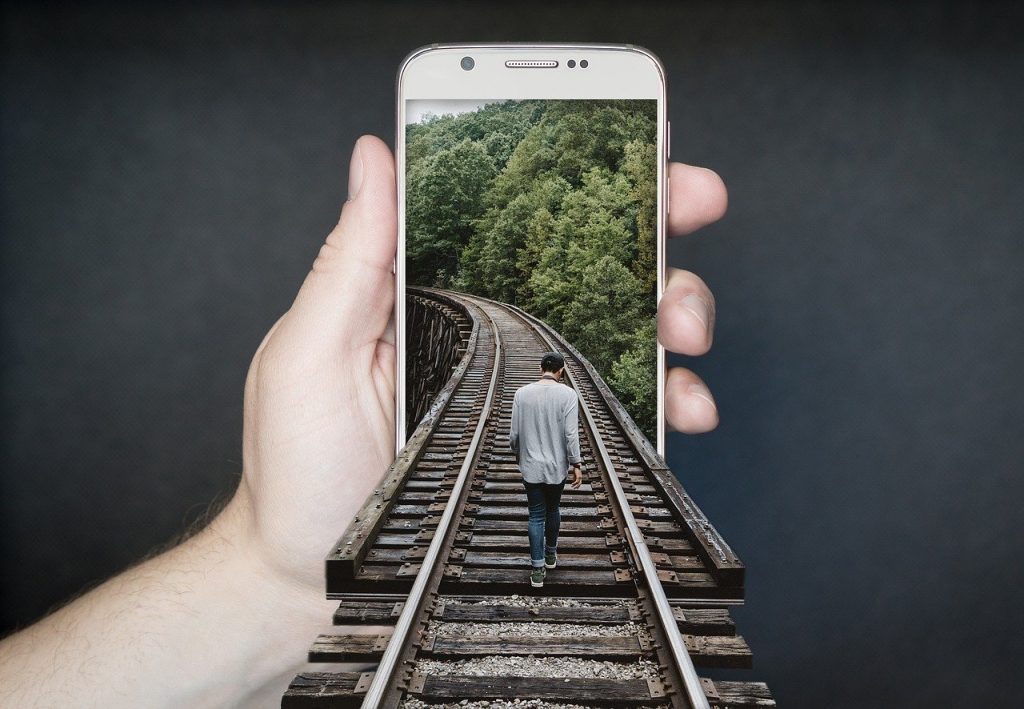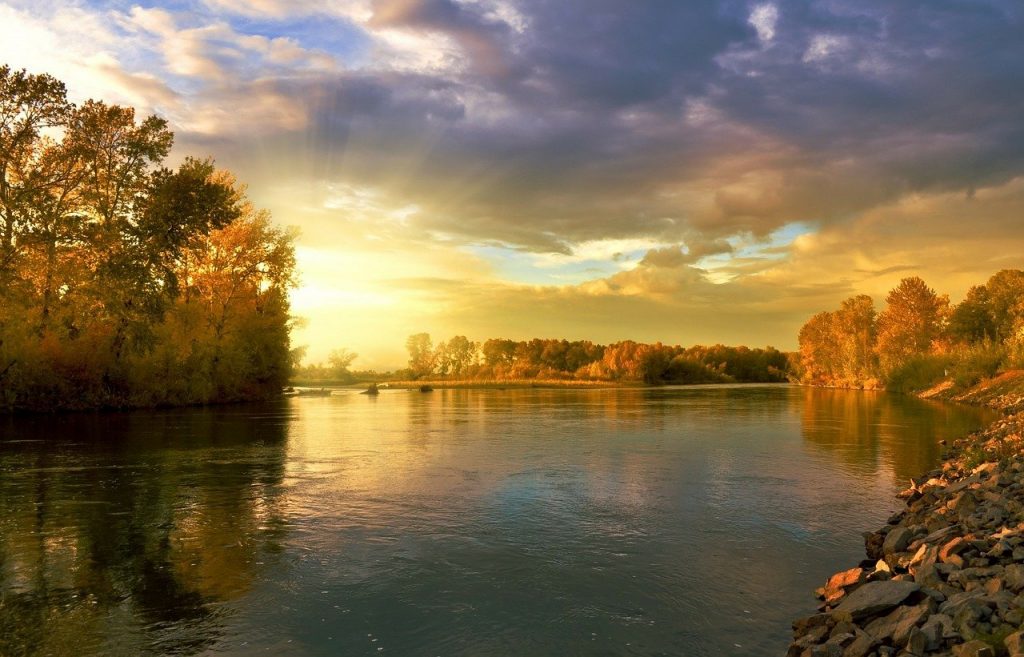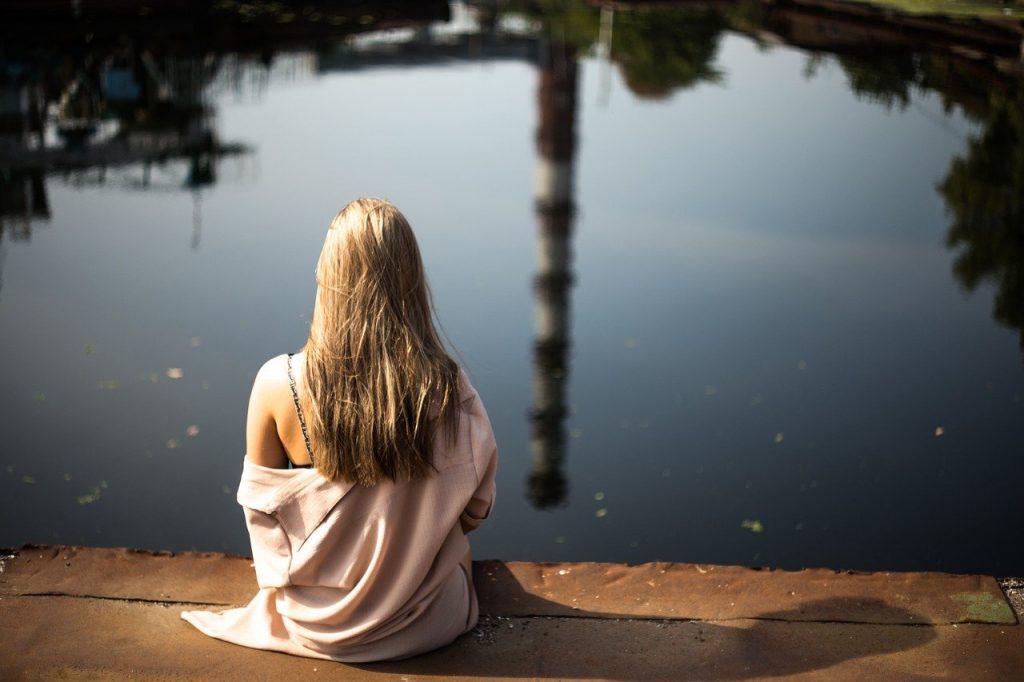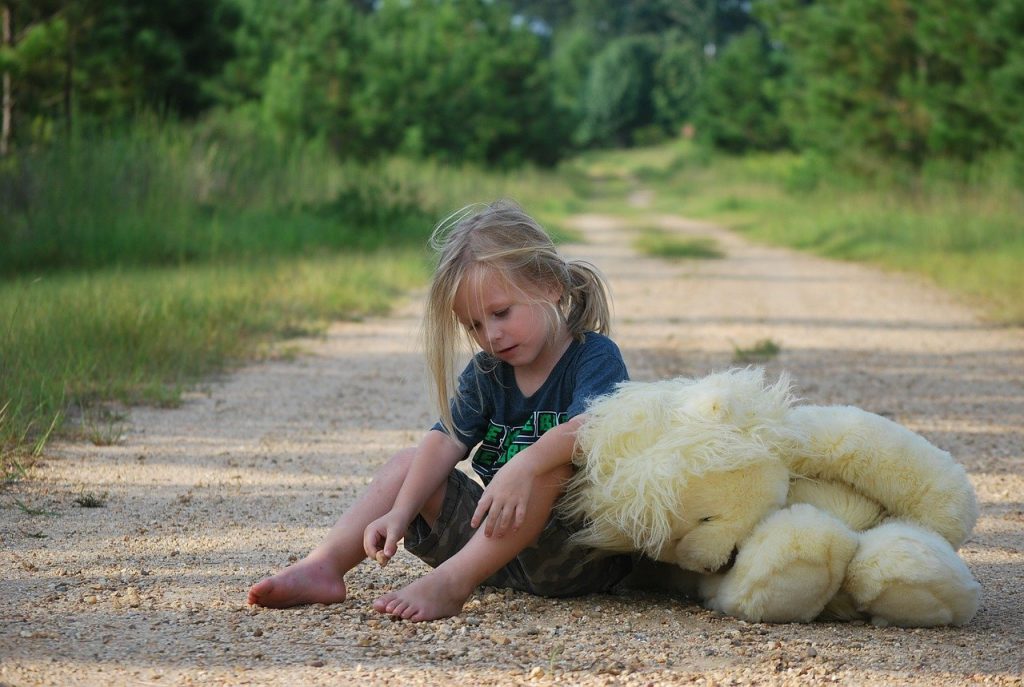Almost all of us carry our phones with us wherever we go, whether we’re traveling, gathering with family, or celebrating a special occasion. It’s light, small, and unobtrusive, which bulky DSLRs can’t match.
However, it has drawbacks in addition to its benefits. For photographers who are accustomed to having complete control over their settings when using DSLRs, the simple phone camera features are insufficient to allow them to utilize their full potential.
Tips to Help You Shoot Like A Pro
In this article, we’ll give you the best phone photography tips to help you shoot like a pro and produce high-quality images. We’ll look at manual controls for different settings in your phone camera, useful mobile photography apps, and a different perspective on the types of photos you can take with your phone camera.
Focus and exposure can be easily adjusted for iPhone users by tapping on the screen and experimenting with the exposure meter. Those of you with an iPhone 7 can take advantage of the portrait mode with an f/1.8 aperture. Unfortunately, these are the only manual settings available for the iPhone camera. You’ll need to install a third-party app like Camera+ to change the ISO, shutter speed, and white balance.
1. Go manual

Some phone cameras already have manual settings, which you should take advantage of. Manual settings can do wonders for your photography, especially when capturing landscapes.
For Android phones, you can work with manual settings by selecting Pro or Expert mode. This gives you more control over the ISO, shutter speed, white balance, and, in some cameras, aperture.
Focus and exposure can be easily adjusted for iPhone users by tapping on the screen and experimenting with the exposure meter. Those of you with an iPhone 7 can take advantage of the portrait mode with an f/1.8 aperture. Unfortunately, these are the only manual settings available for the iPhone camera. You’ll need to install a third-party app like Camera+ to change the ISO, shutter speed, and white balance.
2. Underexpose your shot

Now that you know how to manually adjust the exposure, let’s move on to the next tip: underexpose your shot. How does underexposure assist you in improving the quality of your shot?
- It keeps the details in the shot – you risk losing the details when you overexpose your shot, and it’s usually impossible to get the details back, even with the help of editing tools
- It’s easier to brighten a photo rather than darkening it
- Underexposed photos give you more room to play within the post-processing, and you’ll still retain the details and quality of the photos.
- It’s easier to work with slightly darker photos rather than overexposed photos.
3. Experiment with the white balance

Smartphones now have an adjustable white balance function that allows you to change the color balance in your images based on the shooting conditions. As previously stated, the Pro/Expert mode on Android allows you to manually set the white balance, whereas iPhone users can use Camera+ or VSCO Camera.
Experiment with this feature to get a sense of how it affects your shots. It affects different camera phones differently, so have it checked. You can experiment with changing the white balance in your phone while taking photos rather than afterward.
4. Shoot in burst mode to capture the moment
It’s all about capturing the moment for phone photographers. Because most of these moments are fleeting, shoot in burst mode whenever possible. A good photographer enjoys analyzing the settings before taking a good photo, so take in the surroundings, especially the lighting, and get your phone ready to shoot.
5. Look for patterns, textures, and details
DSLR photographers can experiment with depth of field and other lens effects to create striking imagery, but what can mobile photographers do to ensure their photos receive the same amount of attention? They can draw everyone’s attention with patterns and textures.
Subjects with intricate details can add a special touch to your photos, either as a point of interest or as a background. Beautiful tiles or textured walls, for example, can add instant interest to your photos.
Note: If you want to make some adjustments to the photo just let me know. I can do it for you at a very low cost. You can hire me to edit your photo.
6. Use humans as the focal point

Many photographers nowadays use this trick to get the perfect shot of a vertical landscape, which is usually shot from a lower ground level. The idea here is to have someone stand in the centre of the photo and shoot them from a distance. This is especially useful for photos taken on empty roads, railway tracks, and linear angles.
7. Capture little kids

Children make excellent subjects for photos in which you want to experiment. Because they are small, they can make the surrounding area appear larger. You can, for example, keep them at the bottom of the photo frame and capture the background in landscape mode.
When you photograph children candidly, you get the best results. Give them a fun prop to play with and allow them to explore. When you can capture their free spirits, you know you’ve nailed it.
8. Edit sensibly
Make your images one-of-a-kind rather than garish. Do not smother them with filters. Try changing the resolution or brightness/contrast features to showcase your photo in a natural way with a few tweaks. Do not alter the overall appearance of the photo for the sake of social media apps.
You could purchase an image editing app such as SnapSeed, Photoshop Express, or Lightroom. These apps can help you edit photos without making them look too garish, and they allow you to change the brightness, contrast, and other important aspects of the photo. The Lightroom mobile app also allows you to synchronize everything with your desktop Lightroom, including the presets. This means you can use your own presets to edit photos on your phone.
9. Print your photos
‘How is printing photos going to help?’ you may be wondering.
Printing your photos has a few advantages:
It allows you to see your photos in a new light.
Prints make it easier to see flaws and areas that need to be improved. Exposure, focus, composition, and even editing will be more noticeable in prints than on-screen. You can make notes on the areas that need improvement.
It keeps your photos from being lost.
Your phone is a useful piece of photography equipment, but it is also fragile and prone to damage. Print your photos and keep them safe before you lose them forever. Make a photo book for each significant event in your life!
10. Use mobile photography apps
Camera FV-5
Camera FV-5 is a popular Android app that lets you use settings that professional photographers use. The exposure, white balance, ISO, and shutter speed make shooting photos an easier task for the impatient photographer.
With this app, you get over ten composition grids and nine crop guides on the viewfinder screen. There’s also a DSLR-like viewfinder display that enables you to see real-time aperture, stops display with EV, bracketing, and exposure time.
This app also allows you to take beautiful night shots and time-lapse videos.
ProShot
ProShot is an all-rounder app, with white balance adjustments, exposure control, shutter speed settings, RAW export, grid overlays, and custom aspect ratios. The app comes with tools and features that are unique and lets the photographer browse around in a user-friendly interface.
In fact, there are more options for you to toy around within this app, like zero-lag bracket exposure, live histogram, and many more.
VSCO Camera
A lot of youngsters out there already know about this app and its hipster editing features too, which makes for great Instagram photos. Not only is this a great editing app, it is also a good app to capture photos, especially landscapes. The post-processing in VSCO is pretty easy and there are a wide array of different features to choose from.
Bacon Camera
Bacon Camera boasts itself as the first camera app with manual controls that can make your phone camera function just like the DSLR. Looking at the features, it certainly offers the things that a DSLR camera does, including manual controls of focus, white balance, exposure compensation, and ISO. Other features include RAW support and live histogram for RGB and Luminance.
Bacon Camera also allows you to shoot a well-timed photo with ease. This feature, however, is more helpful for portrait shoots, not candid motion photos.
Footej Camera
Yet another cool camera app for your phone with excellent video quality and several features which include burst mode, GIF makers, manual DSLR settings. As a bonus, it also includes a selfie light for you to capture the scary version of yourself in the dark. On a serious note, this is a fun app you can download if you wish to experiment with light and settings for a clearer shot.
To Conclude
If you know how to use your phone’s camera, it can be a very useful tool. Going manual will allow you to create better images because you will have more control over the settings, but it is not just about the techniques. Don’t worry, sometimes it’s all in the subjects of the photos, so don’t stress! Shoot what you enjoy, and enjoy what you photograph!
Note: If you want to make some adjustments to the photo just let me know. I can do it for you at a very low cost. You can hire me to edit your photo.
LATEST POST
- What is Midjourney
 Discover the capabilities of Midjourney AI, learn how to effectively utilize the platform, and explore the advantages and disadvantages of the Midjourney AI image generator across its different pricing options.
Discover the capabilities of Midjourney AI, learn how to effectively utilize the platform, and explore the advantages and disadvantages of the Midjourney AI image generator across its different pricing options. - Brand identity elements
 In the vast marketing universe, imagery is pivotal in establishing and nurturing a brand’s identity. A brand’s visual choices are not merely aesthetic decisions but strategic moves that can significantly influence perception and performance. This Picfixs article explores the intricacies of selecting imagery that complements and enhances a brand’s essence, ensuring it resonates with the… Read more: Brand identity elements
In the vast marketing universe, imagery is pivotal in establishing and nurturing a brand’s identity. A brand’s visual choices are not merely aesthetic decisions but strategic moves that can significantly influence perception and performance. This Picfixs article explores the intricacies of selecting imagery that complements and enhances a brand’s essence, ensuring it resonates with the… Read more: Brand identity elements - 100 Best Mountain Captions and Mountain Quotes for Instagram
 Ready to scale new social media heights? Look no further than this treasure trove of 100 exhilarating captions and quotes, handpicked for your Instagram mountain posts!
Ready to scale new social media heights? Look no further than this treasure trove of 100 exhilarating captions and quotes, handpicked for your Instagram mountain posts! - Symmetry in Photography: A Creative Approach with Examples
 Delve into the enchanting realm of symmetry in photography as we showcase mesmerizing examples on our website. Experience the allure of perfectly mirrored images!
Delve into the enchanting realm of symmetry in photography as we showcase mesmerizing examples on our website. Experience the allure of perfectly mirrored images! - 11 Quarantine Photoshoot Ideas to Try at Home for Amazing Photos
 Looking for unique photoshoot ideas during quarantine? Explore the 11 creative suggestions that will help you capture unforgettable moments at home.
Looking for unique photoshoot ideas during quarantine? Explore the 11 creative suggestions that will help you capture unforgettable moments at home.


